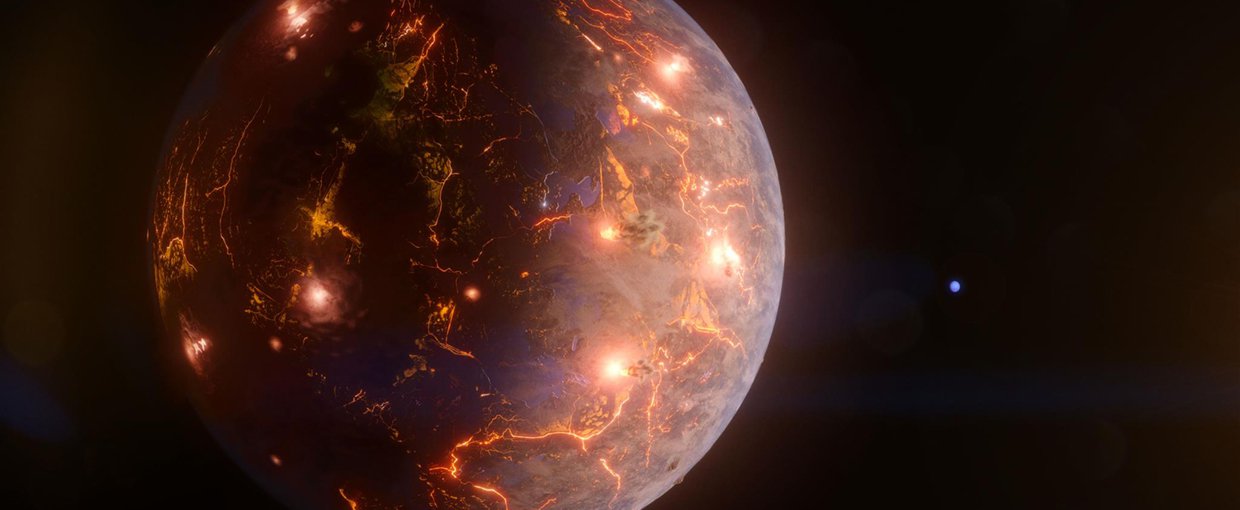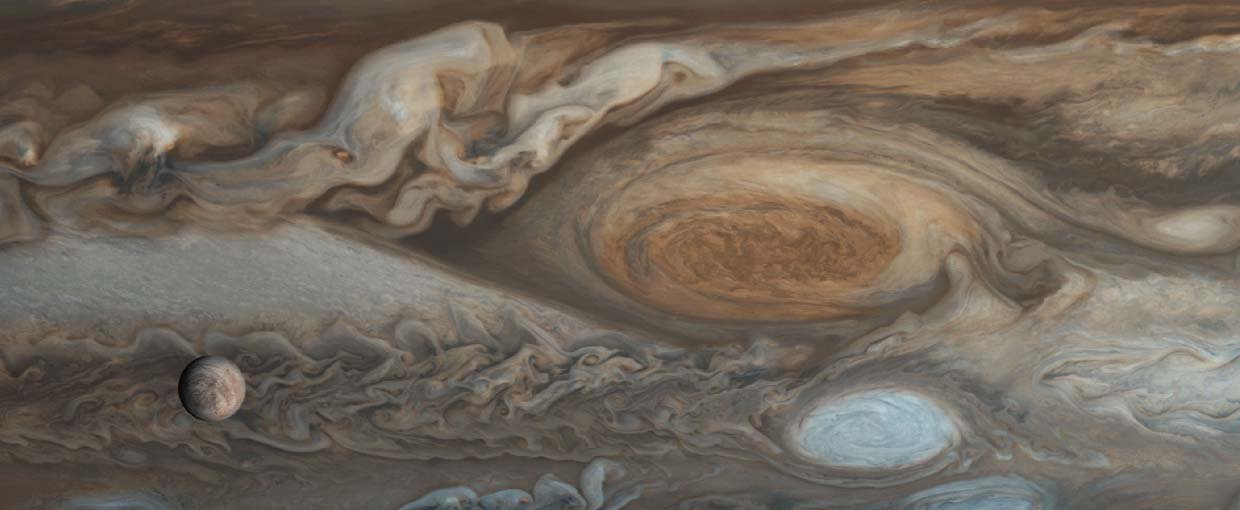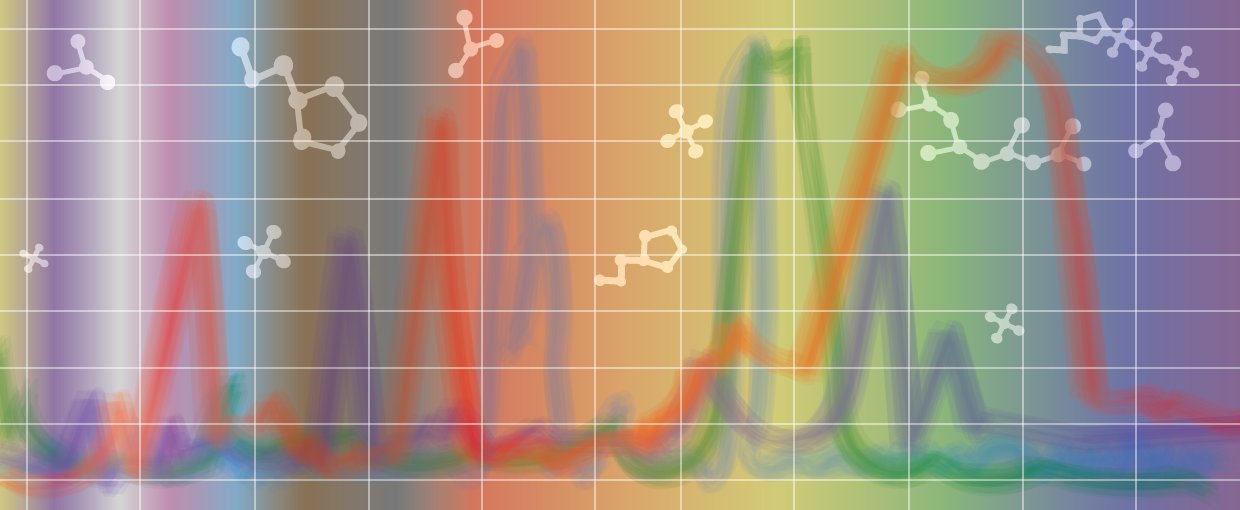Cameron, V., Vance, D., Archer, C., & House, C. H. (2009). Proceedings of the National Academy of Sciences, 106(27), 10944–10948. doi:10.1073/pnas.0900726106
Cardace, D., & Hoehler, T. M. (2009). Northeastern Naturalist, 16(sp5), 272–284. doi:10.1656/045.016.0520
Collins, M. J., Penkman, K. E. H., Rohland, N., Shapiro, B., Dobberstein, R. C., Ritz-Timme, S., & Hofreiter, M. (2009). Proceedings of the Royal Society B: Biological Sciences, 276(1669), 2971–2977. doi:10.1098/rspb.2009.0563
Eigenbrode, J., Benning, L. G., Maule, J., Wainwright, N., Steele, A., & Amundsen, H. E. F. (2009). Astrobiology, 9(5), 455–465. doi:10.1089/ast.2008.0275
Grady, C. A., Schneider, G., Sitko, M. L., Williger, G. M., Hamaguchi, K., Brittain, S. D., … Ablordeppey, K. (2009). The Astrophysical Journal, 699(2), 1822–1842. doi:10.1088/0004-637x/699/2/1822
Kita, N. T., Ushikubo, T., Fu, B., & Valley, J. W. (2009). Chemical Geology, 264(1-4), 43–57. doi:10.1016/j.chemgeo.2009.02.012
Li, K-F., Pahlevan, K., Kirschvink, J. L., & Yung, Y. L. (2009). Proceedings of the National Academy of Sciences, 106(24), 9576–9579. doi:10.1073/pnas.0809436106
Loveland-Curtze, J., Miteva, V. I., & Brenchley, J. E. (2009). INTERNATIONAL JOURNAL OF SYSTEMATIC AND EVOLUTIONARY MICROBIOLOGY, 59(6), 1272–1277. doi:10.1099/ijs.0.001685-0
Lyons, J. R., Lewis, R. S., & Clayton, R. N. (2009). Science, 324(5934), 1516–1516. doi:10.1126/science.1167717
Meech, K. J., Pittichová, J., Bar-Nun, A., Notesco, G., Laufer, D., Hainaut, O. R., … Lowry, S. C. (2009). Icarus, 201(2), 719–739. doi:10.1016/j.icarus.2008.12.045



